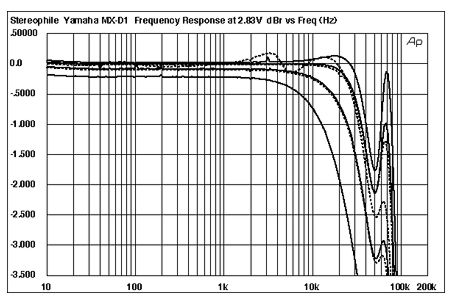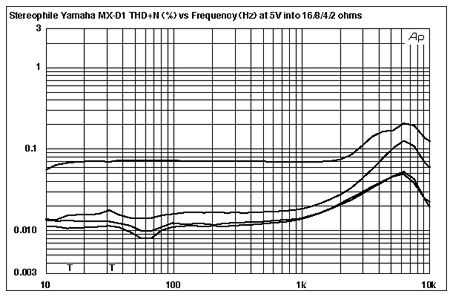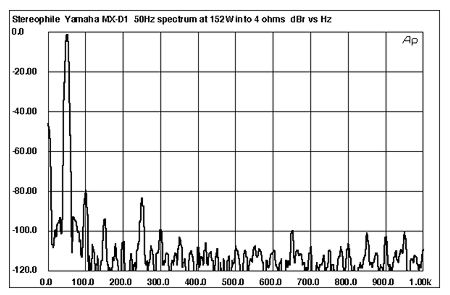| Columns Retired Columns & Blogs |
"so to examine the MX-D1's performance at low signal levels, I used an active sixth-order low-pass filter with a 20kHz bandwidth and a floating input."
Wow, with this almost brick wall filter territory at 20khz on it's output and you can still see the switching noise embedded in the square wave. https://www.electronics-tutorials.ws/filter/fil57.gif
Would have been eye popping to see it au naturel, an unrecognizable square wave most likely
"so I caution readers (and Yamaha) not to take the specific graphs as representing anything more than broad-brush pictures of the amplifier's behavior."
Pretty useless having these graph shots if they don't represent what coming out of the output of these Class-D's for readers to see what being fed to their speakers.
There never used to be a problem measuring with the AP gear showing the results without filter when Class-D was first being measured, like with the Anthem M1 Class-D
https://www.stereophile.com/images/1212AM1fig02.jpg
Cheers George












































